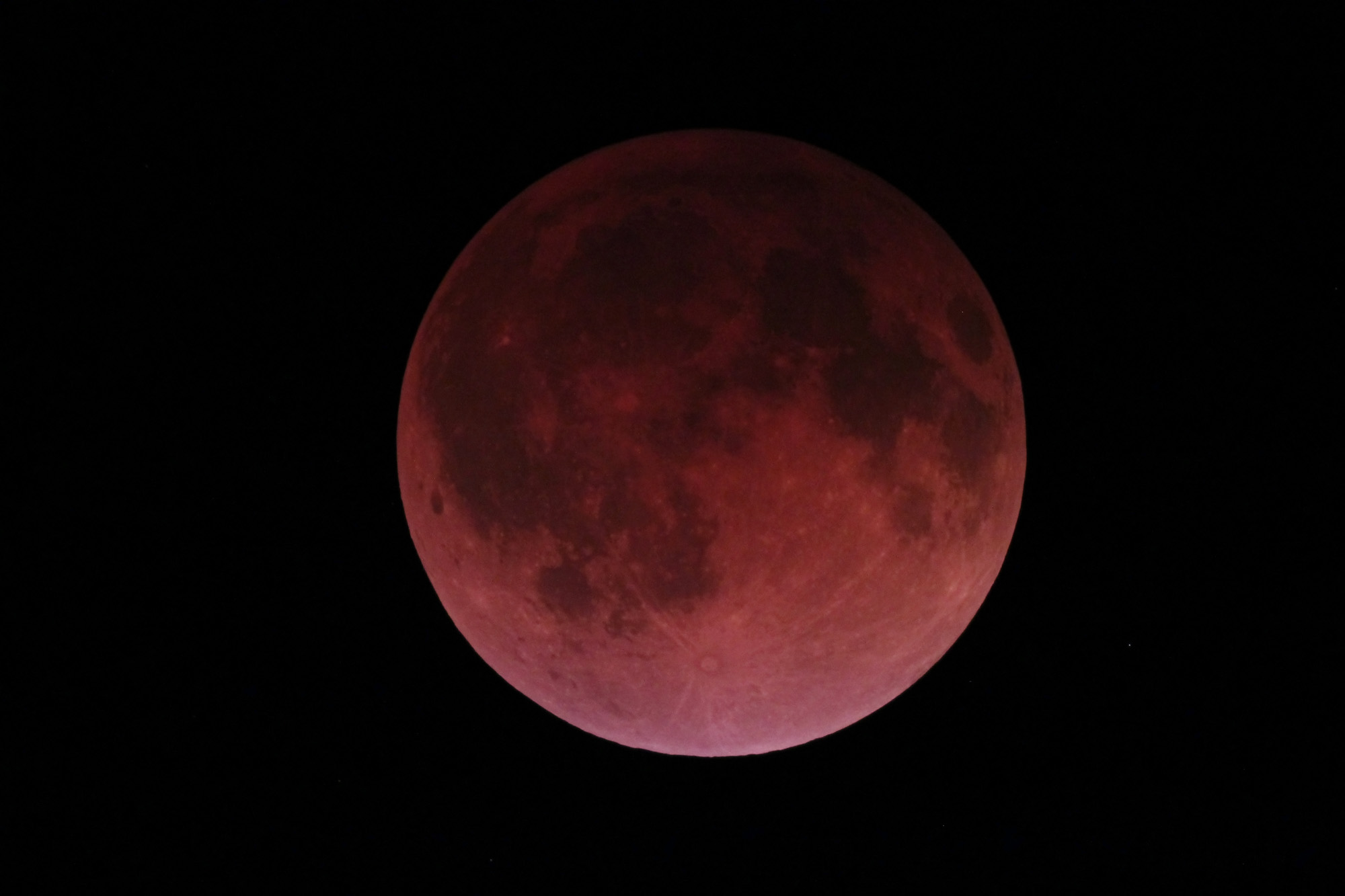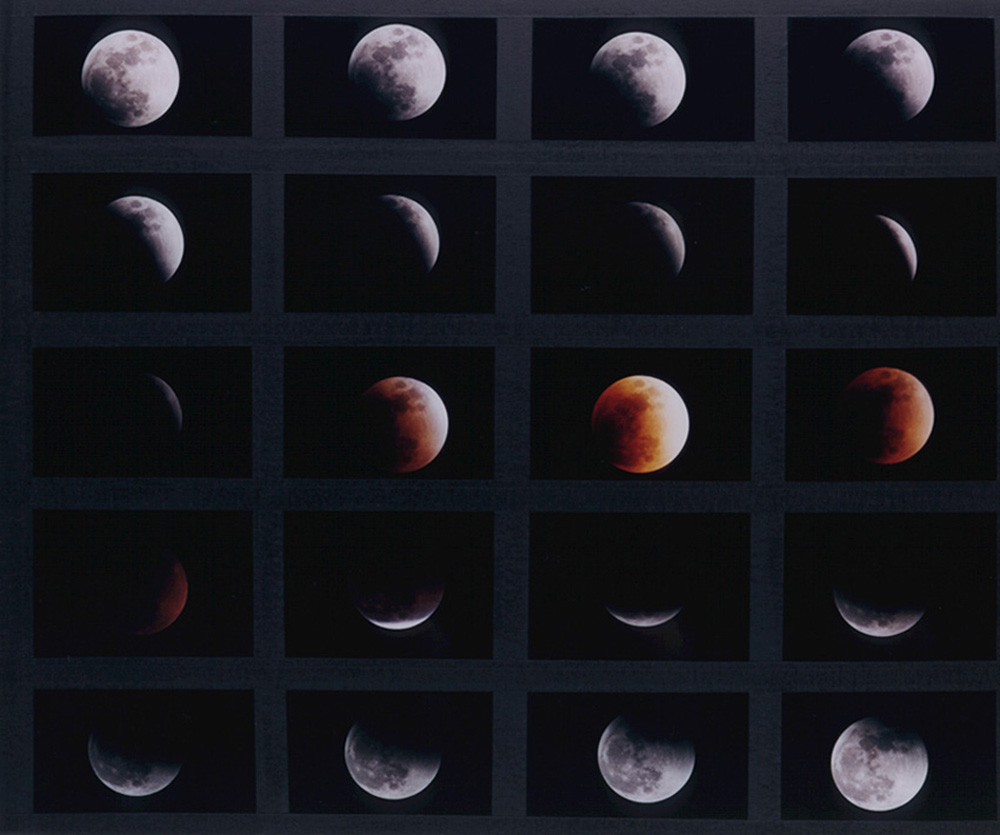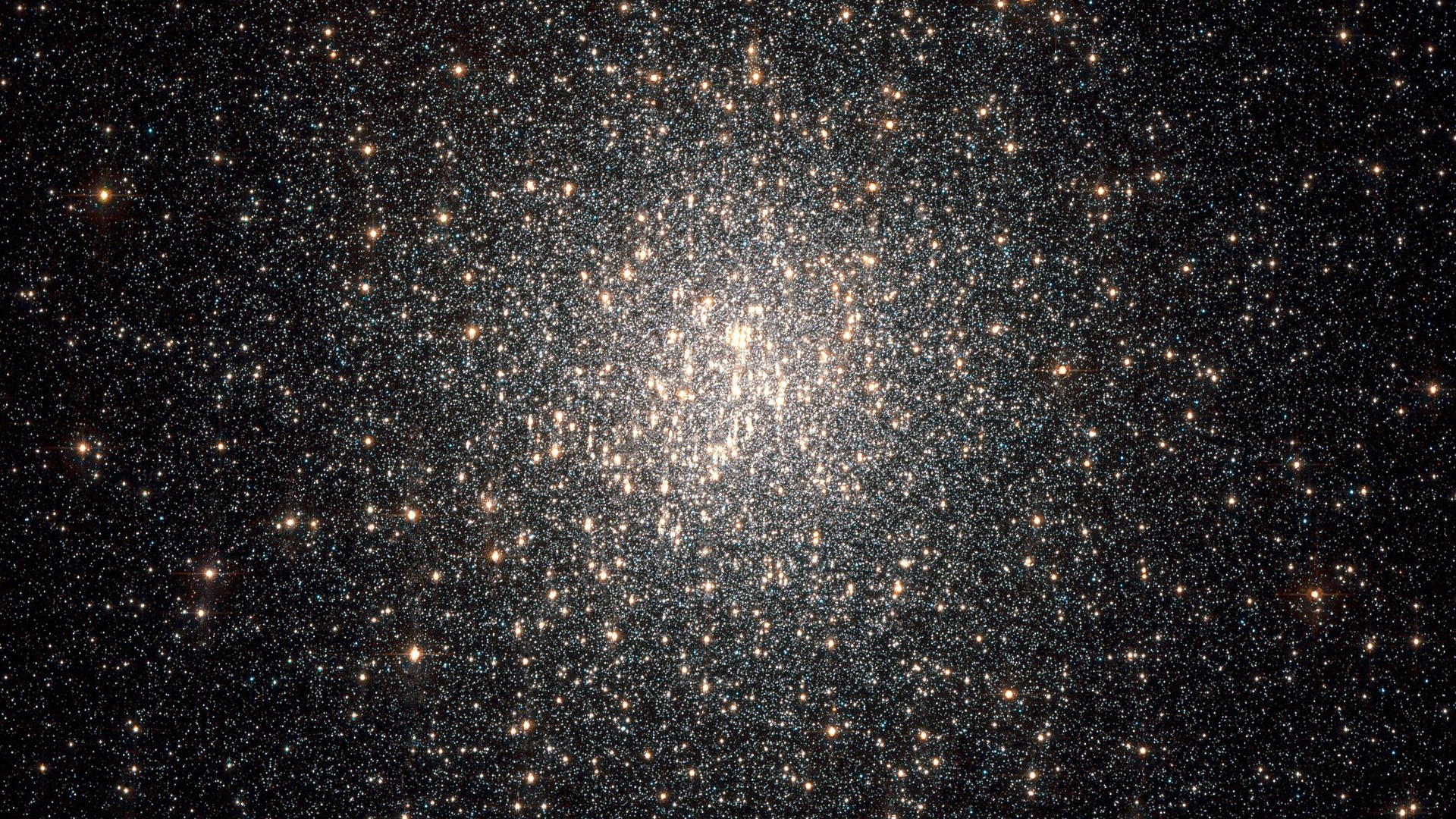
Capturing the Blood Moon: Views from a Lunar Eclipse Photographer (Op-Ed)

Victor Rogus is an amateur astronomer and a Fellow of the Royal Astronomical Society in London. This is the ninth in his series of exclusive Space.com posts about amateur astronomy. He contributed this article to Space.com's Expert Voices: Op-Ed & Insights
Tonight, the moon will be full, marking the "hunter's moon." But the night is special for another reason: Just before dawn on Wednesday (Oct. 8), this hunter's moon will be a total lunar eclipse.
Here in North America, we are in a fair location to see this amazing alignment of the sun, Earth and moon, and if conditions are right, the moon, for a time, will turn blood red — what some astronomers call a "blood moon." The entire event of totality will be visible in the United States, and the farther west viewers are, the higher the moon will appear to be in the sky at the moment of totality. This is the second in a series of four total lunar eclipses that occur in six-month intervals, known as a "lunar tetrad." [How to See the Total Lunar Eclipse (Visibility Maps)]

Tracking the Earth's shadow
The lunar eclipse will occur as the Earth's shadow passes across the lunar surface, with the Earth perfectly centered between the sun and moon. Shadows consist of two parts: an outer, lighter shadow called the "penumbra" and the darker inner shadow called the "umbra." In the Central Time Zone, where I live, the penumbral phase of this eclipse occurs Wednesday at 4:15 a.m. and continues until totality begins at 5:25 a.m. The Earth's shadow will have entirely covered the moon at 5:55 a.m. At this time, the moon has been known to turn various colors, often blood red.
The moon's color during totality depends on a number of things. The amount of dust and ash suspended in the air from volcanic eruptions or other causes, moisture in the atmosphere or refraction in the Earth's atmosphere all cause light to bend and affect color. I have seen the moon during totality take on a red, gray-green or even a blackish color. [How to Photograph the Lunar Eclipse (Photo Guide)]
At 6:24 a.m. the eclipse will begin to reverse itself as totality ends. At 7:34 a.m., the final penumbra will exit the moon. It is said that all phases of a monthly lunar cycle can be seen in a few hours during a lunar eclipse. Also, unlike a solar eclipse, no special precautions or filtering is required to protect your eyes while viewing or photographing this event. You are just watching a shadow on the moon.

I have enjoyed and followed eclipses for many years , and one of my fondest memories of a lunar eclipse was made right here in the backwoods of Jadwin, Missouri, when seemingly dozens and dozens of coyotes all around me began howling simultaneously at the moment of totality at the blood-red moon. The coyotes kept it up for a long time, howling and crying, until well after totality, when the forest went silent once again. In my mind, no doubt exists that there is indeed a very deep connection between coyotes and the moon.
Get the Space.com Newsletter
Breaking space news, the latest updates on rocket launches, skywatching events and more!
We here in the Midwest have a prime location to see this wondrous event, and if the weather permits, then we (and the coyotes) should have a great time experiencing this marvel of nature and our solar system.
Lunar Eclipse Photography Tips from Canon
The camera manufacturer Canon has provided the follow tips for anyone interested in photographing Wednesday morning's "blood moon" eclipse:
Consider using a telephoto lens: Picking the right lens can be vital to your eclipse photo shoot. According to Canon, a telephoto zoom lens can help you capture more of the night sky. The company says its Canon's EF-S 55-250mm IS STM lens "allows astrophotographers of all skill levels to get closer to the moon."
Use a tripod: A tripod can help you reduce the effects of shaking on your images. According to Canon representatives: "A general rule of thumb in photography is to use a tripod if your shutter speed is slower than the focal length of your lens."
Use a high ISO setting: ISO, which controls your camera’s sensitivity to light, needs to be set to high for nighttime photography.
Set your exposure compensation properly: "When photographing the night sky, be sure to set your exposure compensation to a low number in order to capture a clear shot," Canon representatives said. "Try -1, -2, or -3 and see what you like best."
Rogus' most recent Op-Ed was "My Love Affair with the Moon." Follow all of the Expert Voices issues and debates — and become part of the discussion — on Facebook, Twitter and Google+. The views expressed are those of the author and do not necessarily reflect the views of the publisher. This version of the article was originally published on Space.com.
Join our Space Forums to keep talking space on the latest missions, night sky and more! And if you have a news tip, correction or comment, let us know at: community@space.com.
Victor is an American amateur astronomer and a distinguished fellow of the Royal Astronomical Society in London elected to the society in 2014. He's enjoyed photographing and writing about the sky for more than three decades and had his work published in many online sites and publication such as Space.com, Live Science, Astronomy Magazine and many others. He loves to share my work and to see that of others. Victor is also now a member of the American Meteor Society!
